Life
Sign up for our newsletter
We summarize the week's scientific breakthroughs every Thursday.
-
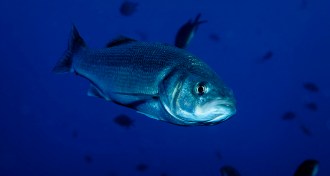 Oceans
OceansFish escapes from marine farms raise concerns about wildlife
Farmed salmon, sea bass and other fish frequently escape from sea cages into the ocean. Will these runaways harm native wildlife?
By Roberta Kwok -
 Paleontology
PaleontologyPreteen tetrapods identified by bone scans
Roughly 360 million years ago, young tetrapods may have schooled together during prolonged years as juveniles in the water.
By Susan Milius -
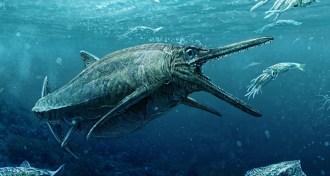 Paleontology
PaleontologyJurassic ichthyosaur dubbed ‘Storr Lochs Monster’ unveiled
A rare, 170-year-old skeleton discovered in Scotland is one of the best-preserved ichthyosaur fossils from the Middle Jurassic.
By Meghan Rosen -
 Microbes
MicrobesMicrobial matter comes out of the dark
Undiscovered bacteria challenge what scientists know about microbial life.
By Laura Beil -
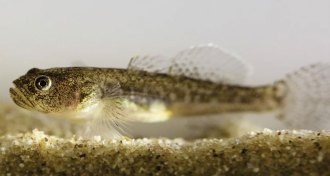 Life
LifeCalifornia’s goby is actually two different fish
One fish, two fish: California’s tidewater goby is two species.
-
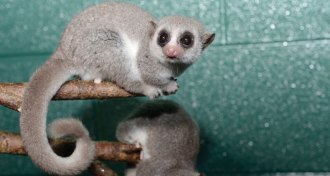 Animals
AnimalsDwarf lemurs don’t agree on sleep
Fat-tailed dwarf lemurs’ surprising hibernation-sleep doesn’t show up in ground-hibernating relatives.
By Susan Milius -
 Animals
AnimalsBonobos adept at nut cracking
Bonobos demonstrate their overlooked nut-cracking skills in an African sanctuary.
By Bruce Bower -
 Animals
AnimalsBonobos rival chimps at the art of cracking oil palm nuts
Bonobos demonstrate their overlooked nut-cracking skills in an African sanctuary.
By Bruce Bower -
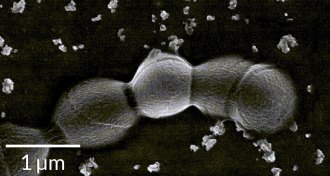 Health & Medicine
Health & MedicineBacterial weaponry that causes stillbirth revealed
Vaginal bacteria may cause stillbirth by deploying tiny weapons
-
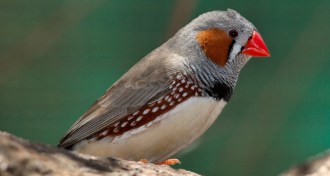 Animals
AnimalsIn drought, zebra finches wring water from their own fat
A zebra finch with no water or food can keep itself hydrated by metabolizing body fat.
By Susan Milius -
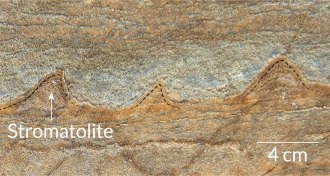 Paleontology
PaleontologyGreenland may be home to Earth’s oldest fossils
Dating to 3.7 billion years ago, mounds of sediment called stromatolites found in Greenland may be the oldest fossilized evidence of life on Earth.
-
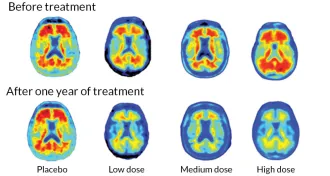 Neuroscience
NeuroscienceNew Alzheimer’s drug shows promise in small trial
A much-anticipated Alzheimer’s drug shows promise in a new trial, but experts temper hope with caution.